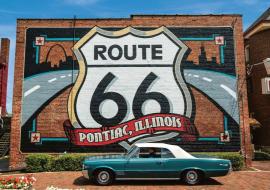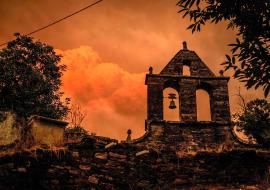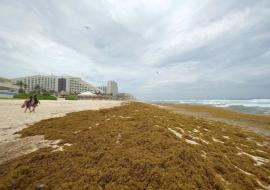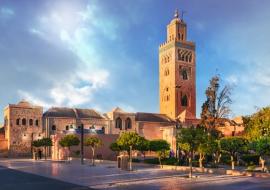Santiago de Cuba: A 493-Year-Old City
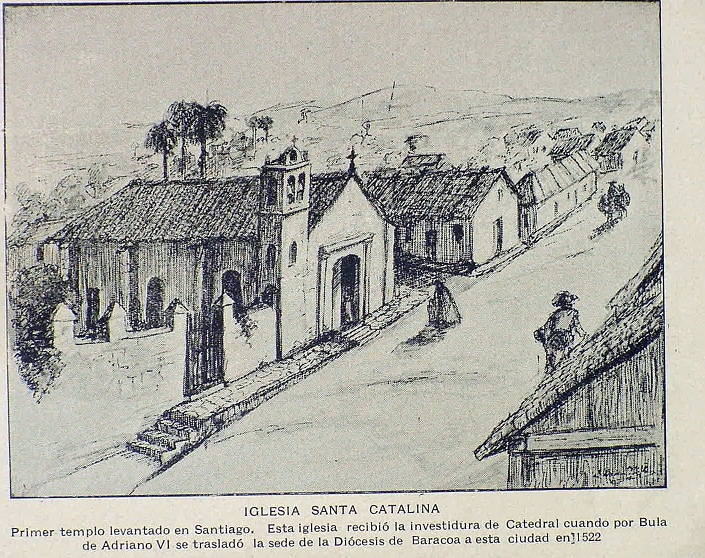
Santiago de Cuba village was founded in the summer of 1515 and Governor Diego Velazquez de Cuellar named it Santiago Apostol, Patron Saint of Spain and the military order that was made up of many of its founders.
Click on Santiago de Cuba: A City of 500 Years
The last of the villages was chosen by Velazquez to build his residence and it became the capital city of the island, a status it held until 1608, thus bring about the presence of most of the rich conquerors that were based in Baracoa and Bayamo.
Barely seven years later, as a result of a bull issued by Pope Adriano 6th the Bishopric of Cuba was transferred from Baracoa (which never worked as the seat of the Bishopric because no bishop was living there), so the old parochial church was ranked Cathedral of the Island. That’s the reason why the King authorized the Title of City, on April 28, 1522.
Santiago de Cuba didn’t have many citizens at the time, there were houses built in the native way, with wood and straw, and only wealthy people, like Governor Velazquez, could afford stone-made houses.
The parochial church of Santa Catalina, which became a cathedral, was originally based were we presently see Santiago de Cuba’s Provincial Historic Archive (Aguilera’s corner to Padre Pico). It was built with wood and straw, chroniclers say, so paying attention to the holy mass was very difficult because of the presence of annoying insects, since it was near the sea and mangrove swamps (the lower territory of the Caribbean city was still covered by the sea).
Despite of these disadvantages, the inhabitants of Santiago de Cuba were very proud because of the appointment, and it was expressed on the foundation minutes with the phrase “In Santiago de Cuba City…”








